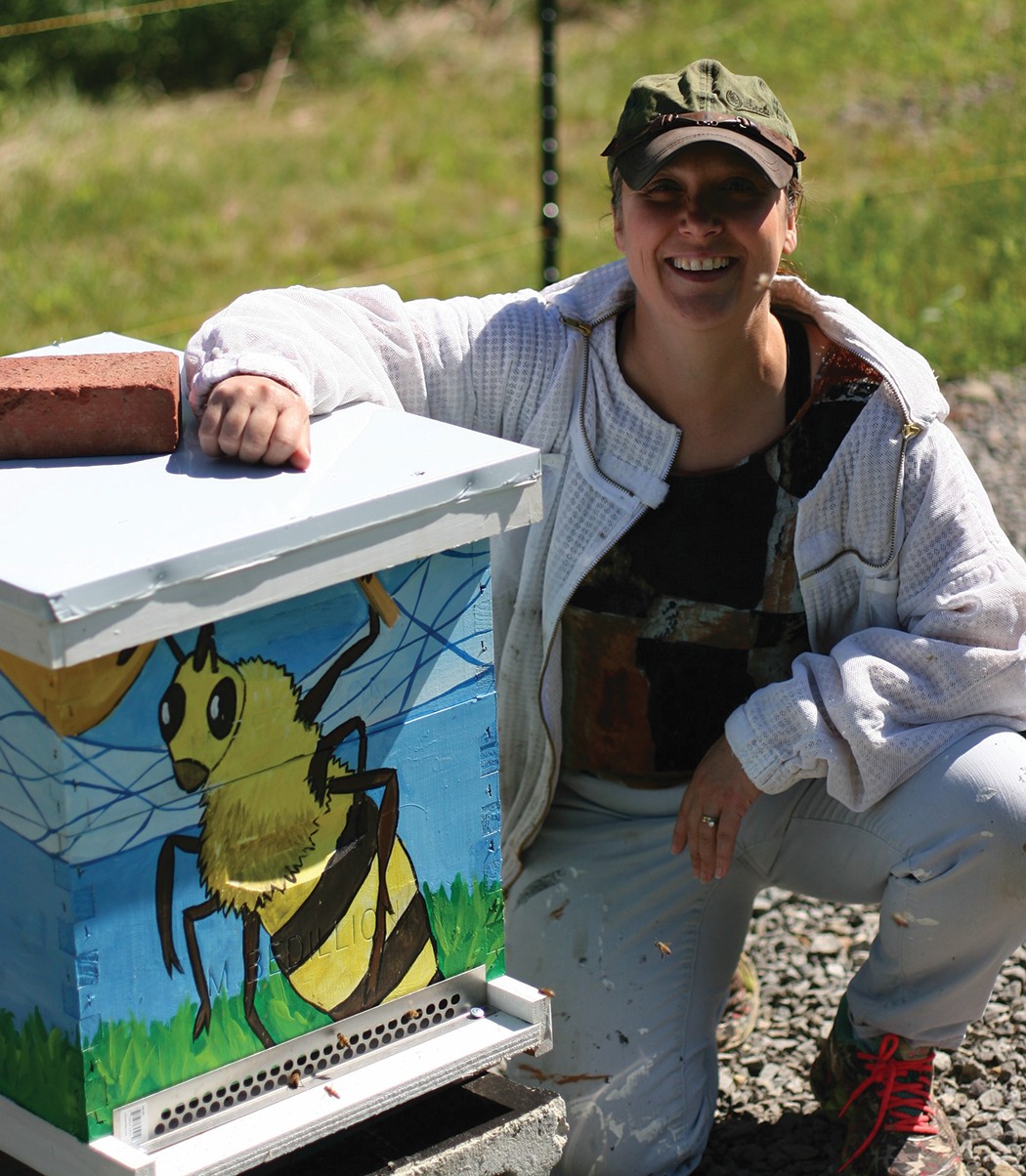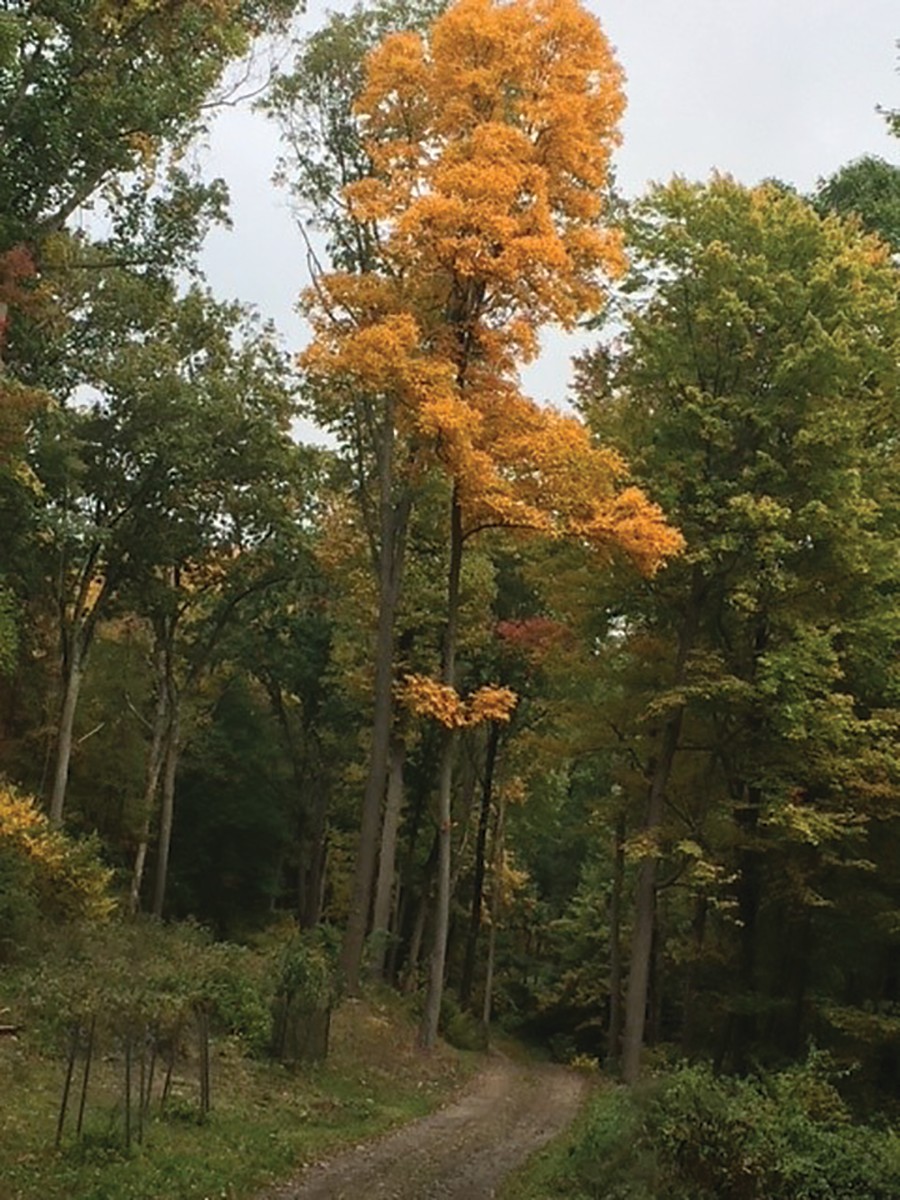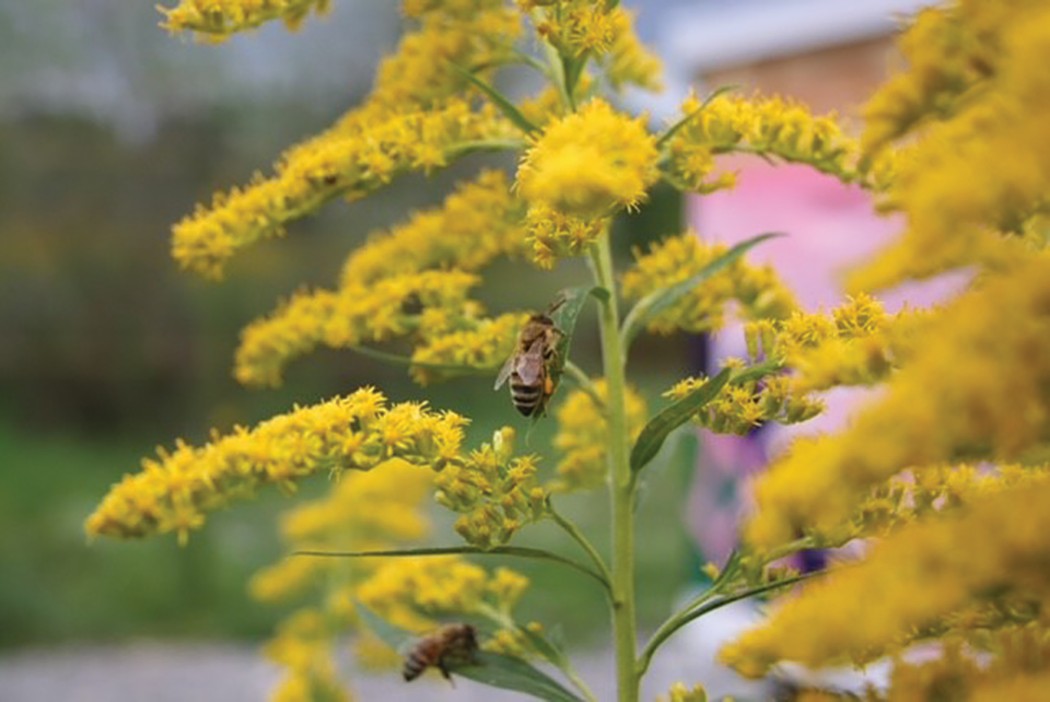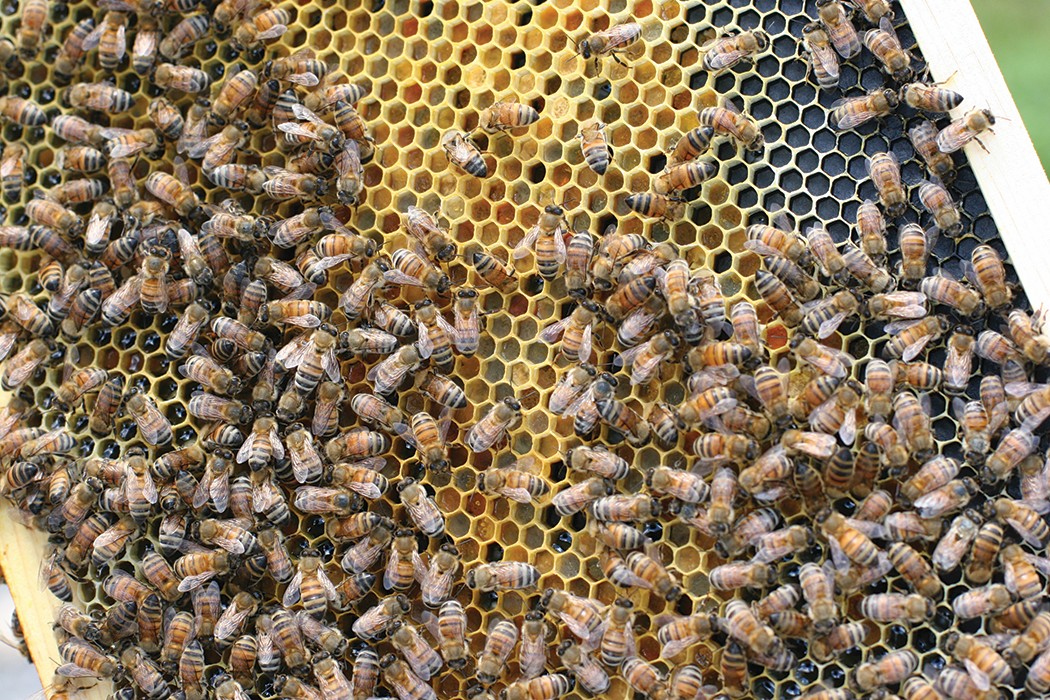Fall Planning
Dr. Tracy Farone
“Fall Planning”
Tomorrow the calendar will say “July” and many beekeepers are focusing on Spring extraction. It is easy to get caught up in the moment and there is a certain peace of mind that comes from “living in the now”. But by the time you are all reading this, Fall will be upon us. Of all the seasons in beekeeping, I believe Autumn may be the most underrated in its importance in honey bee health. Much to do is made about “Winter losses” and more currently, “Summer losses”, but what about Fall? We hear less about what goes on in a hive during the changing colors of Autumn. Kudos to the beekeepers who have coined the phrase, “Take your losses in the Fall.” Seasoned beekeepers, farmers, and other agricultural animal caregivers understand the importance of always thinking several seasons ahead of where they are – to ask where are we going? What are the goals? Now is a fleeting moment, but many of the decisions we make now can have lasting effects in the next season/s.
Why is Fall so important? Because that is when the major health indicators and challenges to a hive (Varroa, nutrition, queen status) are peaking while the colony is entering the Winter season. For many geographical areas in the U.S., Winter is the longest and most harsh environmental stressor to our bees. Fall is also the last opportunity you get to have a meaningful and thorough good keeper interaction with your hive/s for months, (as we tend to not open our hive up for much inspection in the Winter). If you can execute a successful Fall health plan for your bees, you will not only provide them a chance to get through the Winter, but you will also set up your beeyards for success the following Spring. The following outlines key components to include in your honey bee fall health plan. A good time to incorporate the components of the plan is at Fall extraction (if that applies to your situation).
Honey Bee Fall Health Plan
1. Varroa treatment and testing.
Take a mite count in October. You must – this is something you need to see. Please do not just take a count in May and think you have checked the box for the year. Fall counts will likely be high. Like 30 in an alcohol wash. Do not panic. This is what varroa mites do. They reproduce . . . exponentially . . . and their population peaks quickly in the Fall. Now you have knowledge, and you must treat (even if you treated before).
After any honey supers are removed, oxalic acid is a good go-to for Fall. Dribble or vaporization may be used. Vaporization allows for treatment without opening the hive. Most beekeepers will utilize three sometimes four, once a week treatments in November and even early December (pending the weather) to take advantage of the natural seasonal brood break and cover any late brood emergences. Remember the queen slows and stops laying in late Fall through late Winter. Also, any remaining worker brood (with a 21-day development cycle) will be “hatched” within the three-week treatment period. Oxalic acid is not effective under wax cappings. Be consistent will your treatment in every hive in your operation and your colonies will be off to a good start for the next Spring.
2. Know the Queen status. Take your losses now – combine.
During Fall extraction confirm the hive’s queen status and the general health of the hive. If the hive is weak and/or not queen right, it is likely best to cut your losses now. Depending on the situation, you may be able to harvest the honey and combine workers with other hives. Finding a replacement queen at this time of year will be difficult and probably costly, and there is no guarantee a new queen will be able to “fix” whatever the problem is, especially on a short time table. Obviously if you only have one hive, this can be a problem. Making those Spring splits could now come in handy. Again, planning often starts seasons ahead.
Remember honey bee populations within a hive normally fluctuate over the year, peaking in the Summer and diminishing in the Winter. Hives can follow the same pattern. Strong colonies have a much better chance to making it to Spring and by April you will be able to make multiple splits from one overwintered hive.
3. Provide proper nutrition – leave some honey.
Depending on where you live in the U.S., honey bee colonies need 40-80lbs of honey to have enough energy and nutrition to get through the Winter. Assure that you are giving it to them. Honey is their perfect food. This means leaving one or two supers on a hive for Winter. I understand many honey operations cannot afford to do this, but if losses are primarily attributed to “starvation,” perhaps some economical math should be done to evaluate the situation further. Are the hive losses, supplemental feed, and additional labor worth it? I cannot imagine a cattle farmer providing half the hay needed for Winter to their herd and then coming to terms with a 40% loss over the Winter.
Certainly, you can check on your bees in late Winter/early Spring, as possible, to see where they are and perhaps provide sugar or pollen supplements, but setting them up well in the Fall will go a long way.
4. Good shelter.
Fall is a great time to inspect hive boxes to be sure they will make it through the Winter. They should be sturdy and free of cracks or leaks that could let rain or snow melt into the hive. Maybe they just need a quick paint job. If you find any defective boxes, Fall is a last opportunity to switch them out so you can have cozy bees before the weather turns cold. Consider adding insulation to the top covers at this time. Constructing a wind block to be in place before winter winds set in should also be in your on-going plans.
5. Last/less inspections.
Your last hive inspection should be done in the Fall, again at Fall extraction is a good time. If your colony is queen – right and looking strong, say a prayer, get out, and stay out until Spring. Now is not the time to smash the queen. If she is present in October and you take care of the previously mentioned items above, she will almost always reign through the Winter. Your biggest problem will be catching her swarm in the Spring.
6. Other pest/disease control.
While not practical for large beekeepers, I would recommend that smaller scale backyard beekeepers invest in a chest freezer (or plug the one in that has been sitting in the basement), to store extra frames over the Winter. Freezing frames kills and prevents a wide variety of pathogens including hive beetles and wax moths. If you do not use mouse guards all year long, Fall is the best time to install them.
So this Fall while enjoying some Autumn honey, incorporate a Fall health plan for your colonies, and set your bees up for success next Spring.














